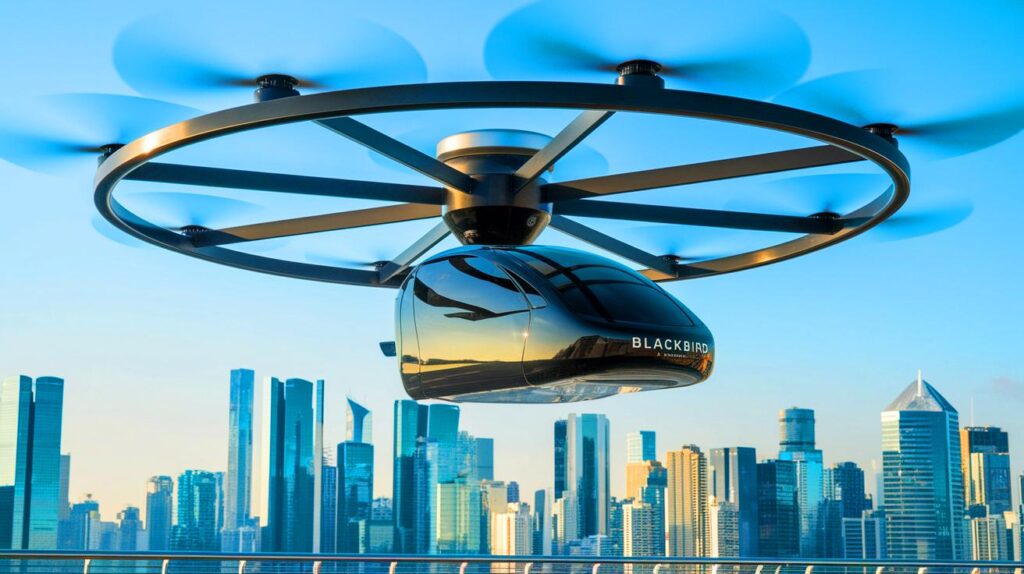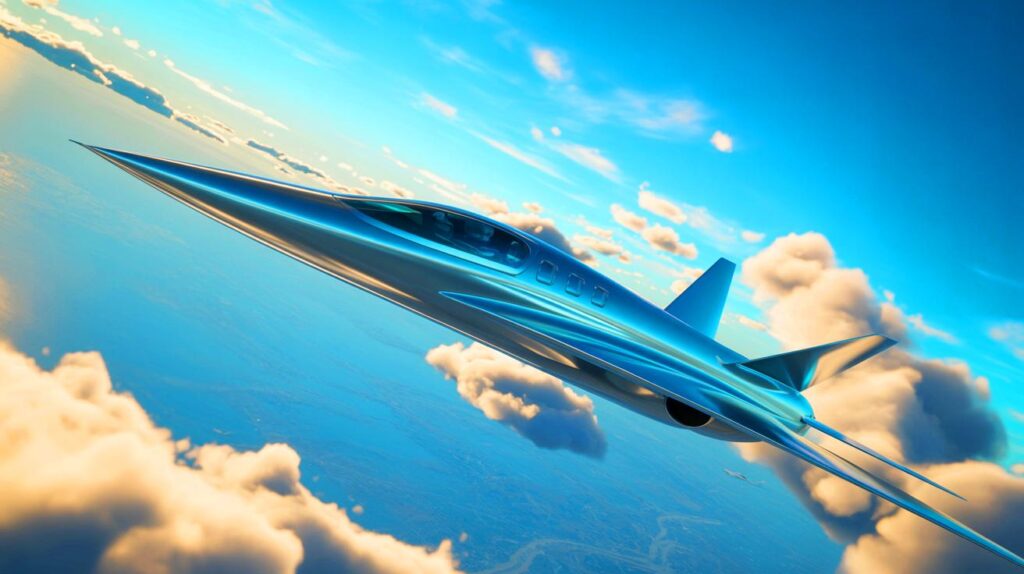| In Brief |
|
The SR-72 Darkstar, an ambitious aeronautical project, has recently captured the attention of the public and defense experts. While its existence is still hypothetical, this concept of a hypersonic spy plane sparks interest and curiosity due to its potential strategic and technological implications. Often regarded as the spiritual successor to the famous SR-71 Blackbird, the SR-72 could revolutionize aerial reconnaissance if it ever comes to fruition. With rumors and speculation swirling about its capabilities and design, this aircraft evokes both wonder and controversy among experts and aviation enthusiasts.
The SR-72 Darkstar: A Legend in the Making
The SR-72 is a hypothetical project developed by Skunk Works, the secretive division of Lockheed Martin. This project seeks to modernize the SR-71 Blackbird, an iconic reconnaissance aircraft from the Cold War. If realized, the SR-72 could achieve hypersonic speeds of Mach 6, which is about three times the speed of its predecessor. Such performance would make the aircraft virtually undetectable by current air defense systems. However, the project remains speculative, and many questions linger regarding its feasibility and actual capabilities. Nevertheless, the idea of a hypersonic spy plane continues to fuel discussions and expectations.
A Scheme That Deceived Observers
The SR-72 made its cinematic debut in the latest installment of the Top Gun franchise, where Tom Cruise’s character pilots this hypersonic aircraft during a spectacular test flight. Although this appearance is purely fictional, it convinced some observers of the plane’s real existence. Jerry Bruckheimer, the director of Top Gun, revealed that the striking resemblance of the SR-72 to a real aircraft prompted Chinese spy satellites to monitor the film’s set. This misunderstanding highlights how seriously the concept of the SR-72 is taken, even by foreign powers.
The Technical Challenges of Hypersonic Engines
To reach hypersonic speeds, the SR-72 would require engines of exceptional aerospace engineering. Rumors suggest that the aircraft would use a combined cycle engine based on turbines (TBCC), blending the qualities of conventional jet engines for subsonic and supersonic flights with those of a ramjet for hypersonic travel. These engines would allow the aircraft to exceed current stealth capabilities by simply outrunning enemy air defense missiles due to its speed. However, little concrete information is available on the development of these engines, and their implementation remains a significant challenge.
A Potential Aerial Arms Race Ahead
Creating an aircraft like the SR-72 could spark a new arms race, reminiscent of the rivalry between fifth-generation stealth fighters. Currently, a manned aircraft capable of flying at Mach 6 could outpace most air defenses, provided it maintains some maneuverability. However, rapid advancements in defense technologies, including ballistic missiles, could challenge this superiority. For instance, the Raytheon Standard Missile 3 has demonstrated its ability to intercept targets at very high altitudes, which could pose a threat to the SR-72 if it were to become operational.
As speculation continues to grow around the SR-72, one question lingers: will this hypersonic aircraft ever take to the skies? The technical and financial challenges are immense, and the future of this project remains uncertain. What will be the next step for this ambitious initiative, and how will technological advancements shape the future of aerial reconnaissance?








